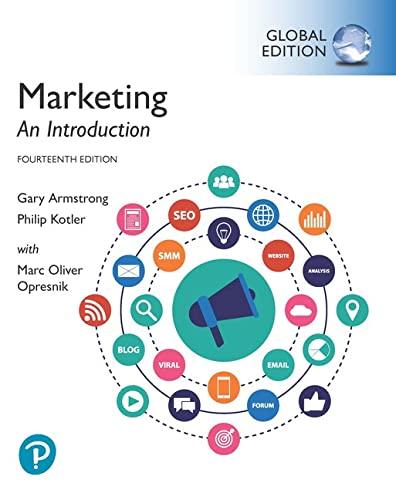It was 2009. James Park and Eric Friedman were at a breaking point. Theyd been flitting around
Question:
It was 2009. James Park and Eric Friedman were at a breaking point. They’d been flitting around Asia for months, setting up the supply chain for their company’s first product, the Fitbit Tracker.
Having raised capital to launch the product with nothing more than a circuit board in a balsa wood box, they were now on the verge of pushing the button to start the assembly line. But with thousands of orders to fill, they discovered that the device’s antenna wasn’t working properly. They stuck a piece of foam on the circuit board and called it “good enough.” Five thousand customers received shiny new Fitbit Trackers just in time for the holidays.
Getting a startup company off the ground is challenging.
Getting a hardware startup to succeed is near impossible, especially when you’re the pioneer. But with so many changes in the marketing environment, Park and Friedman knew they had something special. Pedometers had been selling for years, following personal fitness and wellness trends. But those devices were low-tech and limited in the information they provided consumers. And with the seemingly endless demand for high-tech gadgetry, Park and Friedman saw big potential for using sensors in small, wearable devices.
The two entrepreneurs were correct. Fitbit has now marketed more than a dozen different products and sold millions of units. Six years after launching its first device, the company shipped 21 million devices and rang up $1.86 billion in annual revenues and $116 million in profits. Fitbit created a fast- growing segment—wearable tech. In 2015, Fitbit went public with an initial public offering of $4.1 billion. How did the company go from a balsa wood box to sitting atop an exploding industry? To hear Park tell it, “It was the right product at the right time at the right price point.............................
Questions 1. What microenvironmental factors have affected Fitbit since it opened for business?
2. What macroenvironmental factors have affected Fitbit?
3. How should Fitbit overcome the threats and obstacles it faces?
4. What factors in the marketing environment not mentioned in this case could affect Fitbit?
Step by Step Answer:

Marketing An Introduction
ISBN: 9781292294865
14th Global Edition
Authors: Gary Armstrong, Philip Kotler, Marc Oliver Opresnik





